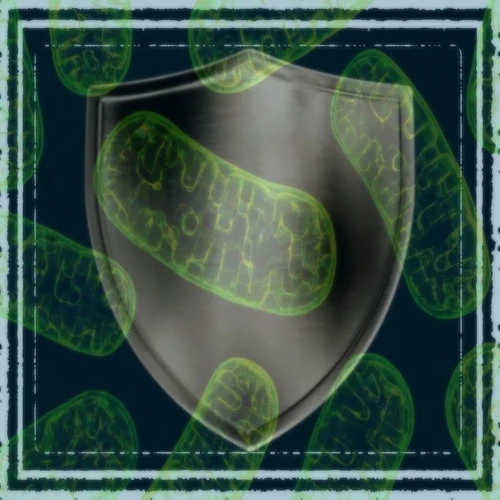https://gumroad.com/a/899265651/kjzbeu
A meditational track for you to enjoy,
inspired by
Healthy aging can be promoted by enhanced metabolic fitness and physical capacity. Mitochondria are chief metabolic organelles with strong implications in aging. The progressive loss of metabolic homeostasis is a hallmark of aging, which impedes parenchymal function and ultimately diminishes physical capacity. Mitochondria not only produce the bulk of cellular energy, but also coordinate adaptive cellular homeostasis. MOTS-c (mitochondrial ORF of the 12S rRNA type-c) is an MDP that promotes metabolic homeostasis, in part, via AMPK, and by directly regulating adaptive nuclear gene expression following nuclear translocation. MOTS-c expression is age-dependent and detected in multiple tissues, including skeletal muscle, and in circulation, thus it has been dubbed a “mitochondrial hormone or “mitokine. It had been observed in aging mice that systemic MOTS-c treatment reversed diet-induced obesity and diet- and age-dependent insulin resistance. This is designed to work to induce the productions of mtDNA-encoded MOTS-c. (its naturally induced with exercise) In experimental subjects it was observed that MOTS-c treatment significantly improves physical performance regulates skeletal muscle metabolism and gene expression, and finally enhances adaptation to metabolic stress in C2C12 cells in an HSF1-dependent manner.
AMPK is an energy sensor that, when activated in certain tissues, has many beneficial effects on our bodies. It stimulates the metabolism, improves insulin sensitivity, decreases inflammation, and improves muscle performance. AMPK is also involved in several longevity pathways and may promote healthy aging.
These genes are responsible for cell/mitochondria repair etc, They have been studied intensively and shown to help with longevity and de-aging. Sirt 6 This gene encodes a member of the sirtuin family of NAD-dependent enzymes that are implicated in cellular stress resistance, genomic stability, aging and energy homeostasis. The encoded protein is localized to the nucleus, exhibits ADP-ribosyl transferase and histone deacetylase activities, and plays a role in DNA repair, maintenance of telomeric chromatin, inflammation, lipid and glucose metabolism. Sirt 3 SIRT3 encodes a member of the sirtuin family of class III histone deacetylases, homologs to the yeast Sir2 protein. The encoded protein is found exclusively in mitochondria, where it can eliminate reactive oxygen species, inhibit apoptosis, and prevent the formation of cancer cells. SIRT3 has far-reaching effects on nuclear gene expression, cancer, cardiovascular disease, neuroprotection, aging, and metabolic control. These genes switch on to certain response or chemical. This induces that switch to be on, it will go back to normal functioning, but in this way it helps provides you with a control system
As well as far infrared and catalyse targeted to mitochondria
with the additional stimulation of the telomerase enzyme.
Use as needed


 !
!



